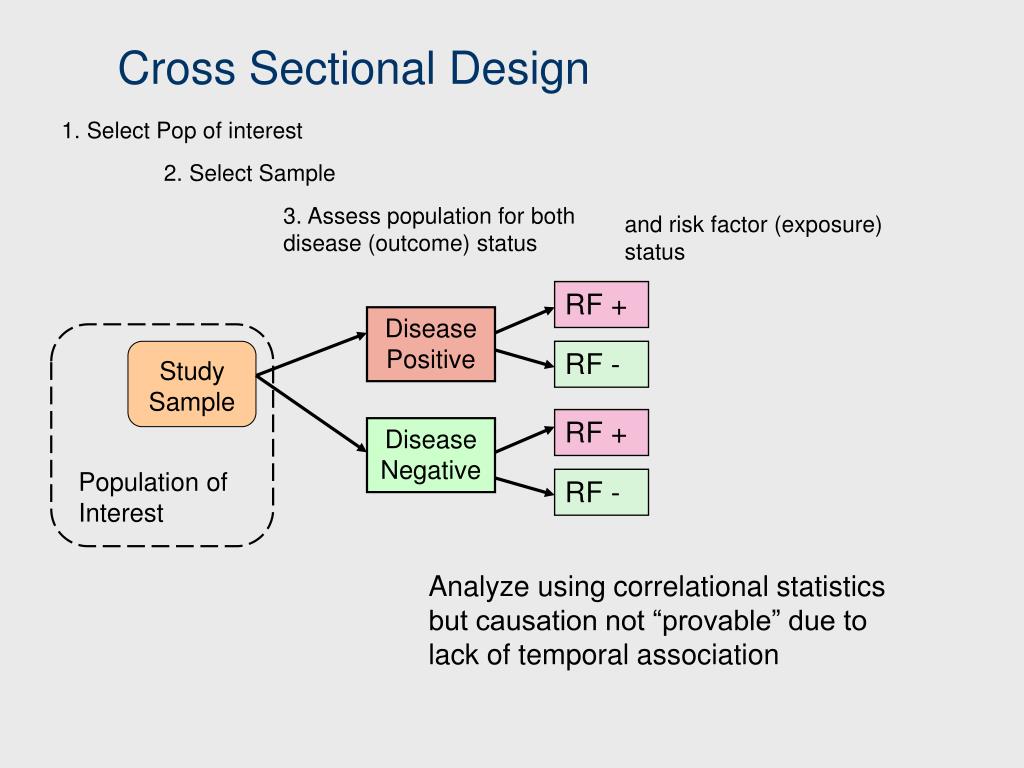
Sometimes a cross-sectional study is the best choice for practical reasons – for instance, if you only have the time or money to collect cross-sectional data, or if the only data you can find to answer your research question was gathered at a single point in time.Īs cross-sectional studies are cheaper and less time-consuming than many other types of study, they allow you to easily collect data that can be used as a basis for further research. Because all you need to know is the current number of low-income families, a cross-sectional study should provide you with all the data you require.
Cross sequential study free#
ExampleYou want to know how many families with children in New York City are currently low-income so you can estimate how much money is required to fund a free lunch program in public schools. When you want to examine the prevalence of some outcome at a certain moment in time, a cross-sectional study is the best choice. Without first conducting the cross-sectional study, you would not have known to focus on younger patients in particular. You then decide to design a longitudinal study to further examine this link in younger patients. You discover that the diet correlates with weight loss in younger patients, but not older ones. You first conduct a cross-sectional study with a sample of diabetes patients to see if there are differences in health outcomes like weight or blood sugar in those who follow a low-carb diet. Cross-sectional vs longitudinal exampleYou want to study the impact that a low-carb diet has on diabetes. A cross-sectional study is a cheap and easy way to gather initial data and identify correlations that can then be investigated further in a longitudinal study. While cross-sectional studies collect data from many subjects at a single point in time, longitudinal studies collect data repeatedly from the same subjects over time, often focusing on a smaller group of individuals that are connected by a common trait.īoth types are useful for answering different kinds of research questions. The opposite of a cross-sectional study is a longitudinal study. Frequently asked questions about cross-sectional studies.Advantages and disadvantages of cross-sectional studies.



 0 kommentar(er)
0 kommentar(er)
